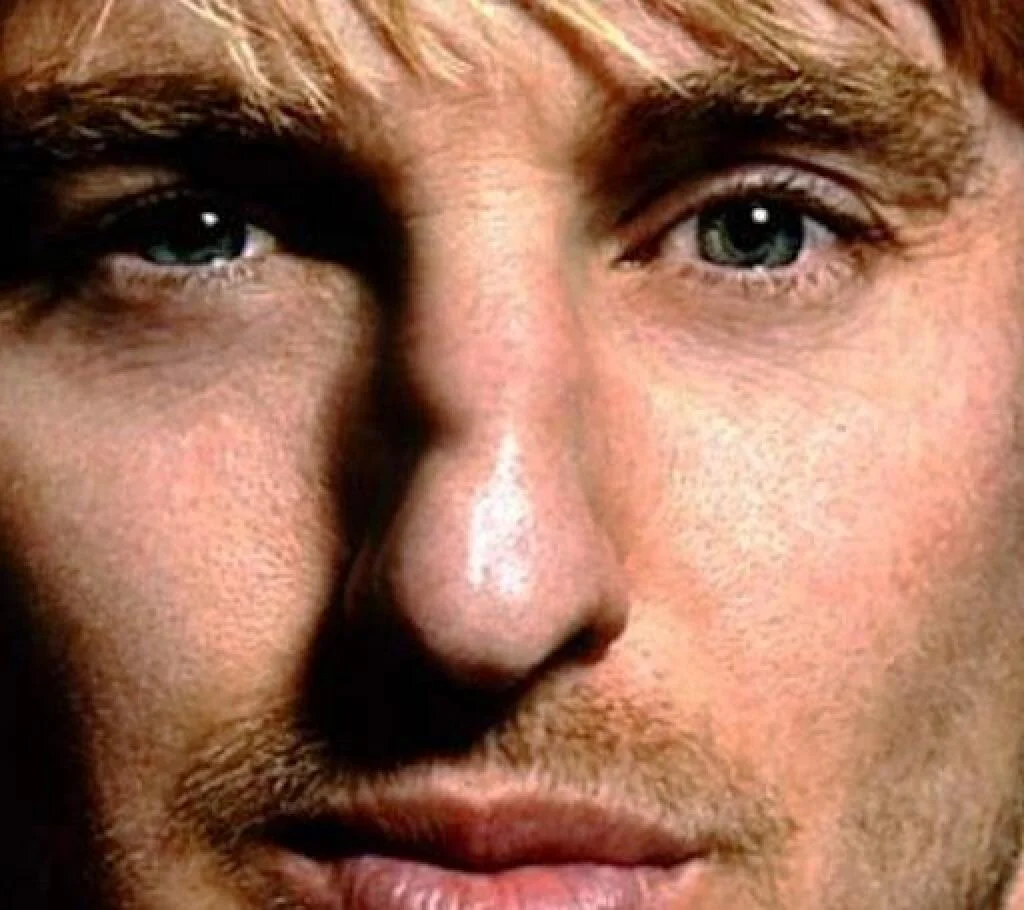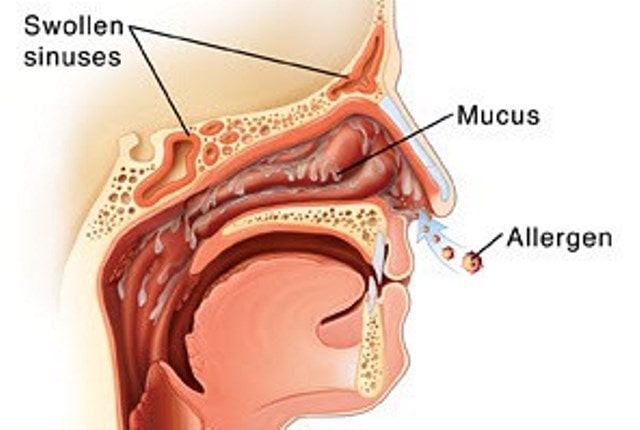Nose surgery is one of the most sought after surgical procedures. Below is a lowdown of everything you need to learn about including before and after pictures to give you some insight into the possibilities achievable as well as a breakdown of the recovery process.
Understading Nose Surgery or Nose Plastic Surgery

Sometimes referred to as rhinoplasty, nose plastic surgery, or nose reshaping, nose surgery is a surgical procedure typically used to aesthetically improve the appearance and proportion of the nose, and thus improve your facial harmony.
The procedure can also be used to correct and reconstruct the form, or restore the functions of the nose after incidents such as nasal injury (from a blast, blunt object, or a penetrating object). Nose plastic surgery may also be required to correct breathing problems associated with structural defects such as deviated septum.
It may as well be needed to reverse or improve upon the results of a primary rhinoplasty procedure. A nose surgery can be performed by an otolaryngologist i.e. ear, nose, throat (ENT) specialist, a plastic surgeon, or a maxillofacial surgeon (jaw, face, and neck specialist).
During the surgery, the nasal skin and the underlying soft tissues are separated from the osseo-cartilaginous nasal framework and once corrected as needed, the incisions made are sutured before applying a stent or a packing to keep the nose immobilized as the incision wound heals.
When done for aesthetic purposes, patients typically require:
- Reduction of the size of the nose in relation to overall face, thus creating a sense of harmony
- Altered nasal bridge width and position
- Removal or improvement of nose bumps and depressions
- Improvement of nasal tip when they feel that it is either too large (bulbous), drooping, hooked, or upturned
- Improvement of nose symmetry; that is to make left and right nostrils proportional
Nose Surgery Pictures
Taking a look at nose surgery picture can offer insight into the kind of results that can be achieved. It is indeed recommended that you ask for before and after pictures from a surgeon before making the decision to work with them, but that should not replace the need to ensure that the surgeon is fully registered with the relevant board in your country.
We sought to find some nose surgery pictures to offer you an insight into the possibilities of this plastic surgery procedure and here is what we were able to come up with:

Nose Plastic Surgery Cost
Nose plastic surgery cost varies widely according to factors such as surgeon experience and reputation, the complexity of the surgical procedure required, and geographic location (yes a surgeon based in Beverly Hills, California will most likely charge a higher fee than a surgeon based in Denver Colorado) among other factors. The cost can vary from as low as $3,000 to as high as high as $15,000.
According to the American Society of Plastic Surgeons, the average cost for a nose plastic surgery is $4,545 based on 2013 statistics. It is however worth noting at this point that the above average price doesn’t factor in other costs such as anesthesia, operating room facility, post-surgery garments, prescription medications, medical tests and other related costs that you may incur.
This might explain the slight discrepancy observed between the average cost provided by The American Society of Plastic Surgeons ($4,545) and the one provided by the Real Self Community ($6,950) which bases its calculations on the costs incurred by actual nose surgery patients.
While it is only natural to want to get the best prices, remember that nose plastic surgery cost is just one part of the equation. You as well need to feel free and comfortable working with the surgeon you choose.
You will also want to check some before and after pictures for patients he or she has worked with in the past to get an idea of the kind of results you can expect. Above all, ensure that the surgeon you choose is board-certified.
Nose Surgery Recovery and Nose Surgery Recovery Time

After the surgical procedure, you will most likely be allowed to go home and rest as the nasal cartilage and bone tissues heal from the effects of the incisions involved in the surgical procedure.
Your surgeon will most likely give you a prescription of various medications including antibiotics, analgesics (pain relievers) and maybe steroids to relieve pain and encourage.
It is also a common practice to have a splint and/or a packing (or stent) inside your nose and a splint or a bandage on your nose during the nose surgery recovery phase in order to support the new nasal structure as the incision wounds heal.
The initial swelling and bruising will subside within a few weeks but full nose surgery recovery time may be as long as 1 year. During this time, your nasal contour will improve gradually until a permanent appearance is finally achieved. Some patients have reported swelling that come and sometime get worse in the mornings as they recover from the surgery.
Your surgeon will discuss with you some of the best practices to observe during the recovery phase in order to ensure speedy recovery and minimize chances of infections.
S/he will in particular explain to you how to care for the incision wounds, what medications to use and/or apply on the surgical site, and the signs to look out for and seek medical attention should they present themselves on the surgical site. Your surgeon will as well explain to you when it is safe to resume work or exercise regime.
The external sutures are typically removed in 4 to 5 days while the stents are removed in 4 to 14 days. Patients also tend to develop periorbital bruising (also referred to as panda eyes or raccoon eyes during their nose surgery recovery phase but this usually clears in about 2 weeks.
Nose Reduction Surgery
You may decide to go for a nose reduction surgery if you feel that your nose is too large that it appears disproportionate to your face, your nose appears too wide when viewed from the front, or that the tip of your nose is too bulbous (too wide) droops, or is too long. You may as well get your nose bridge reduced if you think it is too wide for your face.
Should you decide to get a nose reduction surgery for any of these reasons, you should keep in mind that it may not be covered by your medical insurance company. Most insurance companies only cover functional rhinoplasty aimed at restoring the function of the nose: breathing e.g. when a deviated septum interferes with normal breathing.
Talk to your insurance service provider to know if they might cover the procedure. If not, you may then want to ask the facility or surgeon that you are considering if they have any financing arrangements in place.
Nose Surgery Before and After Procedure

It is only natural to want to know some of the nose surgery before and after procedure best practices that will ensure that you recover as soon as possible and lower the risk of infection.
Well, your surgeon is your best aid in that regard. He or she will for example instruct you on the kind of food to eat and avoid – if any – as well as the kind of medications to avoid before and after the procedure.
The period after the procedure is perhaps the most important as this is during which your surgical site may get serious infections if not properly cared for. In addition to giving you appropriate medications, your surgeon will explain to you some of the signs of a problem, and schedule a post-surgery appointment to ensure that everything is going on well.
One last point to keep in mind; it takes up to a year for the full outcome of the surgery to settle. It is therefore likely that you will experience some changes in the appearance of your face after the surgery. And if you don’t like the final look, you can always schedule a secondary nose job, preferably one or more years down the line – in fact most surgeons will not agree to it earlier than that.
Nose Surgery Gone Wrong

Cases of nose surgery gone wrong are not unheard of. They happen every now and then and some even end up in in legal corridors.
One case of nose plastic surgery gone wrong that got the most media attention is that of Vishal Thakkar whose procedure went so bad that he ended up losing his nose – breathing through a straw – 22 surgeries down the line.
It all started in 2006 when his first nose job got him bleeding so often that he had to undergo several surgeries the culmination of them all being one done in 2011 after a serious infection. Given the situation at hand, Angelo Cuzalina, MD, his surgeon, had to cut off his nose while he was unconscious; I can only imagine the shock Vishal got when he woke up.
Such horrible case of failed procedures gone wrong aside, patients often find that they didn’t get the results they desired or would at all desire, but there is always the possibility of getting a secondary surgery.
All in all, you can increase the chances of success with the very first nose plastic surgery by ensuring that you get a board certified plastic surgeon and you still take a look at his before and after pictures to see the kind of result you can expect from him/her.
Recommended Reading on Surgery of the Nose
- Nose Surgery Costs, Recovery, Before and After Pictures & Reduction
- Nose Surgery Types, MOHS, Broken, Crooked and Korean
Further Suggested Reading on Rhinoplasty
- What is Rhinoplasty, Procedure, Risks, Pictures and Rhinoplasty Gone Wrong
- Open and Closed Rhinoplasty – Cost, Recovery, Before and After
- Asian Rhinoplasty Cost, Before and After, Male and Specialists
- Non Surgical Rhinoplasty – Cost, What Is, Before and After
- Rhinoplasty Cost – How Much Does Rhinoplasty Cost, Average Cost
- Ethnic Rhinoplasty – Best, Cost, Surgeons, NYC, Los Angeles
- Male Rhinoplasty, Women and Celebrity Rhinoplasty – Cost, Before and After
- Revision Rhinoplasty – Specialist, Best Surgeons, Cost and Recovery
- Rhinoplasty Recovery – Timeline, Revision, Photos and Tips
Suggested Reading on Nose Job
- Best Nose Jobs, Good, Surgeons, Cost of Good Nose Jobs
- Should I Get a Nose Job, What is it & which Male Celebs with Nose Jobs
- Nose Job Simulator & Virtual Nose Job – Online and Free
- African American Nose Job, Black and Korean Nose Job
- Nose Job Recovery – Recovery Time, How Long
- Bad Nose Jobs and Nose Jobs Gone Wrong – Before, After and Worst


